By Maya Piedra, Global Press Journal Mexico.
This story was originally published in Global Press Journal Mexico.
GUADALAJARA, MEXICO — Dressed in white clothing embroidered in colors and symbols representing the sacred universe, Mario Muñoz Cayetano, a man with a good-natured expression and deep gaze, speaks on the importance of a presidential decree to legally protect sacred territory.
Para leer esta historia en español haz click AQUÍ
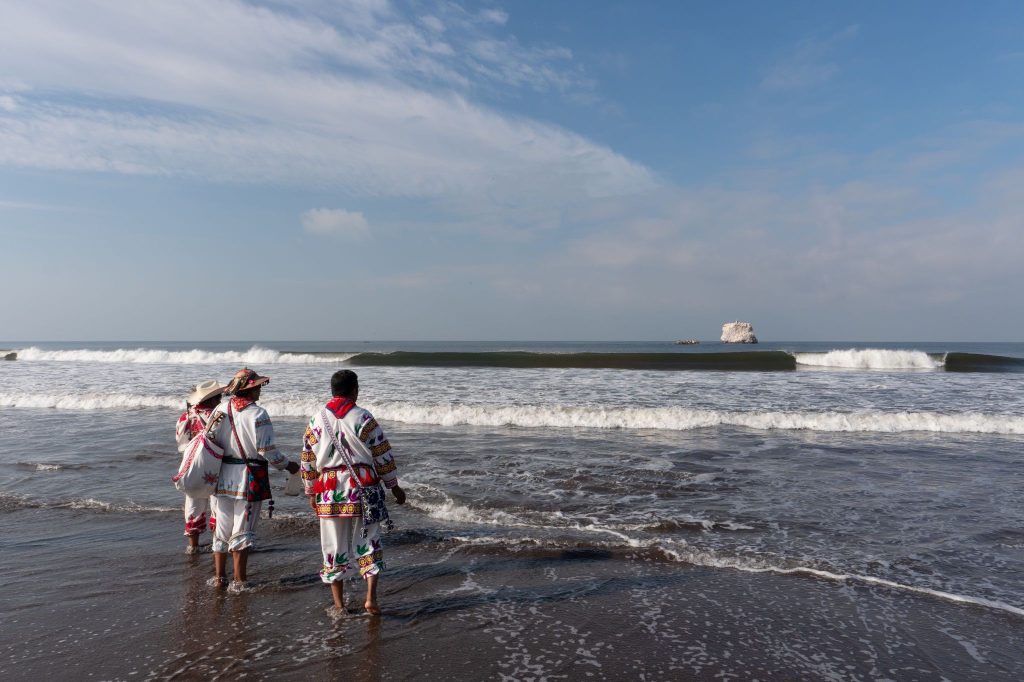
“For us, nature is one big, gigantic church, but we don’t need cement or even a building in order to respect it. A hill, a cave, a spring, a river, rocks, mountains … to us, they are temples,” says Muñoz, president emeritus of the Wixárika Union of Ceremonial Centers of Jalisco, Durango and Nayarit A.C., an organization made up of Wixaritari that monitors the conservation and protection of sacred sites.
But the fight to preserve these sacred places for the Wixárika people continues, as extraction projects loom and the authorities fail to enforce the protections that already exist. A decree signed in August by Mexican president Andrés Manuel López Obrador could be the start of a new effort to preserve these sacred places.

Official data indicates that 23.2 million people in Mexico belong to an indigenous nation. Muñoz belongs to the Wixárika group, one of the 71 indigenous nations in the country, situated in the west of Mexico. The Wixaritari, as members of the Wixárika nation are known, speak one of the most ancient languages in Mesoamerica, with more than 60,000 speakers primarily distributed across the states of Durango, Nayarit, Jalisco, Zacatecas and San Luis Potosí. They live on collectively owned land and have preserved their social and political organization, as well as traditional clothing, as part of their identity.
The Wixárika community’s origin story of the world says that the deities who formed the earth came out of Tatéi Haramára, a location in the Pacific Ocean, where life originated. During their journey, they became mountains, bodies of water, wind, fire — everything that allows life on the planet — and created the world. The places they stopped became natural temples, where the Wixaritari have gathered to pray since ancient times. Tracing a line between these five main sacred places reveals the Sacred Geography, an important image to the Wixaritari, known in Spanish as “el ojo de Dios” (“the eye of God”).
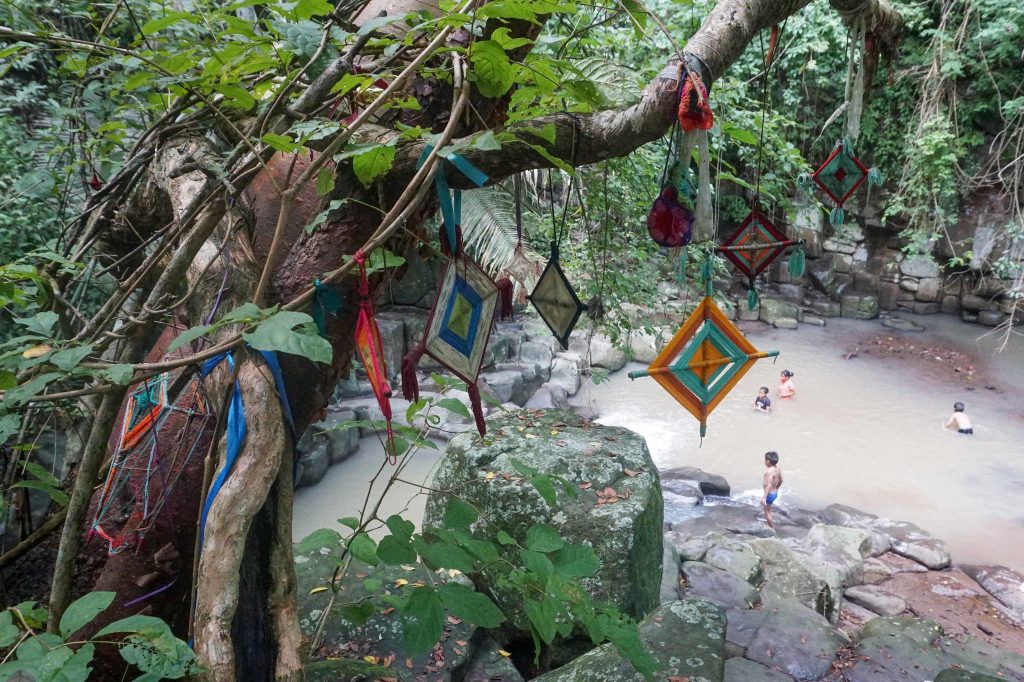
Research by Arizona State University shows that “the Wixárika land is much more than a place from which to extract economic resources; above all, it’s a dwelling, a social entity whose elements act consciously, as well as a key source of social identity.”
In 1991, Convention 169, the Indigenous and Tribal Peoples in Independent Countries Convention from the International Labour Organization, a United Nations agency, came into effect in Mexico. In the agreement, the country promises to adapt its legislation and develop plans to respect and safeguard indigenous land and territory, as well as the land these groups use for cultural or survival purposes.
Despite that commitment, the Wixaritari worry more and more about the conservation of nature.
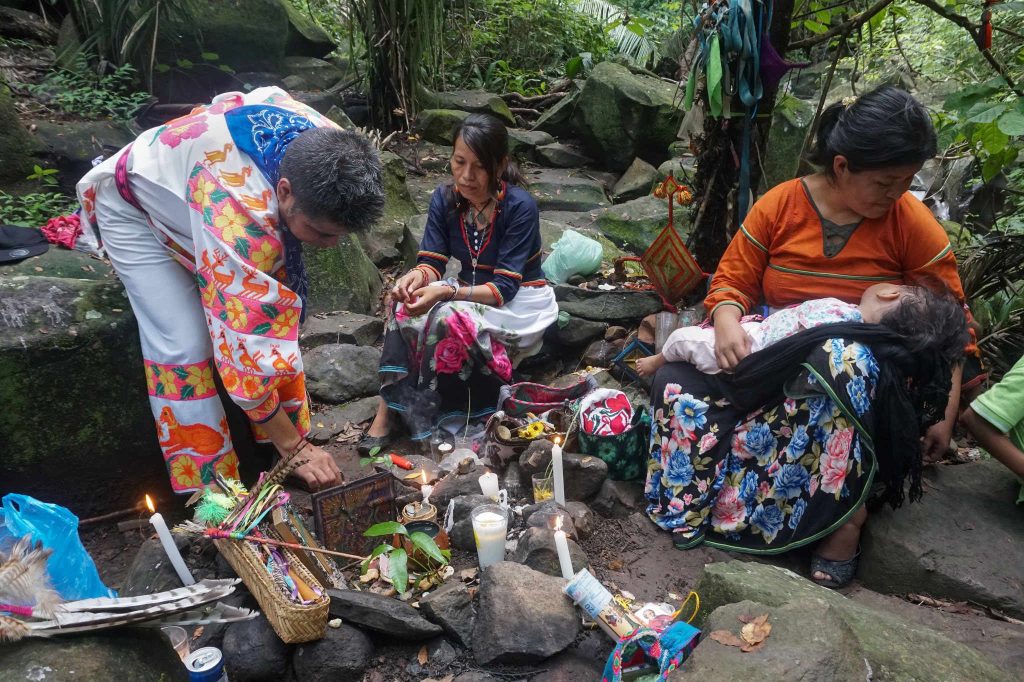
Concern about mining, tourist, agro-industrial and other projects in the sacred territories took the Wixárika nation to Mexico’s capital in March 2022 to meet with López Obrador. There, they explained the urgent need for new legal mechanisms to conserve their sacred territories.
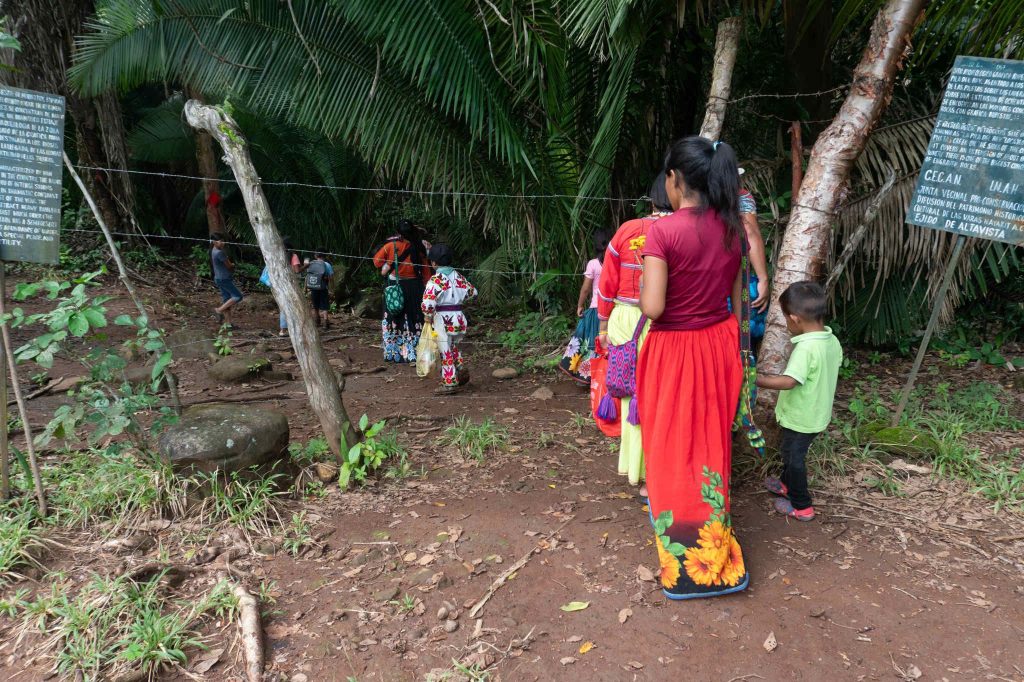
In response, the federal government asked the Wixárika people to create a Justice Plan, which included a proposal for a presidential decree for the protection of the five main sacred sites, which correspond to the four cardinal directions as well as the center and are situated in the states of Nayarit, Jalisco, Durango and San Luis Potosí. Together with Zacatecas, they make up the Sacred Geography. The O’dam, Náyeri and Mexikan communities joined the proposal, as they share both their environment and sacred territory with the Wixaritari.
The decree, signed by López Obrador on Aug. 9, recognizes more than 384 hectares as sacred. The fourth article establishes the sacred sites and pilgrimage routes and says “they will not be object to new concessions or permits related to mining or other industries that could affect and deteriorate them.”
Jorge Luis Marín García, an expert in sustainability and community development and member of the National System of Researchers of the Autonomous University of Nayarit, explains that it’s important for indigenous peoples to have juridical reassurance in order to understand that the Mexican government fully recognizes their rights. That vision of the Wixárika nation and the indigenous peoples of Mexico and the world is related to understanding the planet as one big home; if it’s not cared for, he adds, it will end.
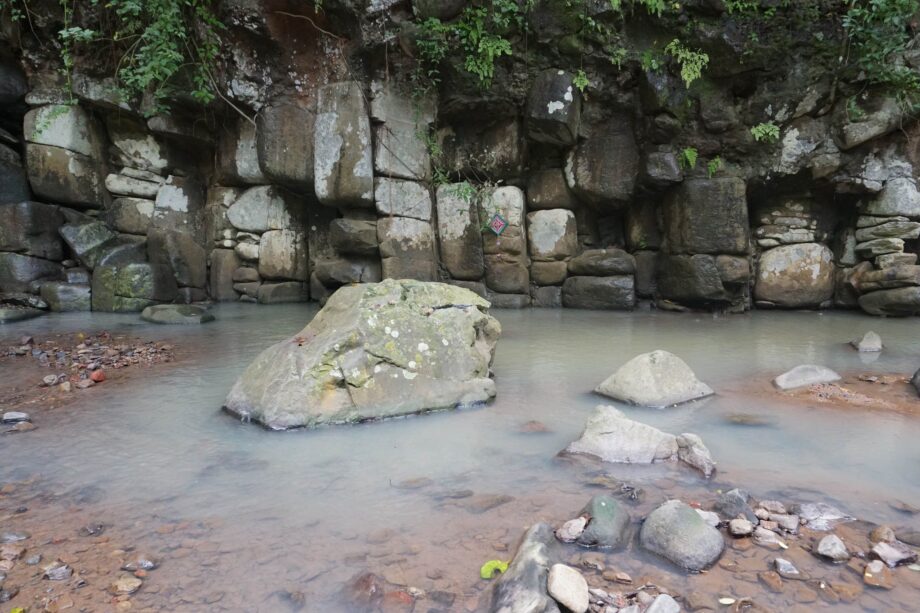
Othón Yaroslav Quiroga García, director of the National Institute of Anthropology and History in Nayarit, explains that his institution has helped develop a list of sites based on the Wixárika sacred pilgrimage route, centered around the five sacred places.
The project will include a catalog of sacred sites as well as management plans and a national guide “so that infrastructure projects in these sacred places are culturally relevant and respectful of their rights,” as is currently the case for archeological sites in Mexico, Quiroga explains.
Maximino González Salvador, who at the time of the interview was in charge of the National Institute of Indigenous Peoples in Nayarit, a federal agency, says that the national government will evaluate the possibility of compensating for or even expropriating the sacred territories if they are currently privately owned.
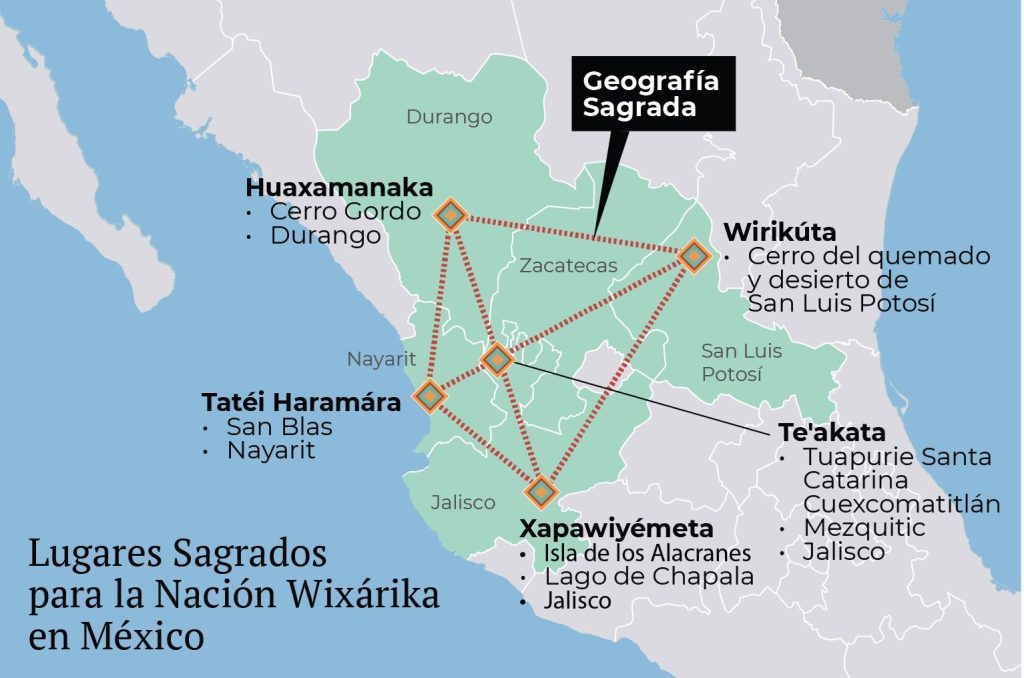
Creating the decree proposal wasn’t easy; for a year, the Wixaritari, accompanied by a diverse array of government institutions — the Ministry of Environment and Natural Resources; the Ministry of Agrarian, Territorial and Urban Development; the National Water Commission; the National Institute of Indigenous Peoples; and the National Institute of Anthropology and History, among others — identified, characterized and georeferenced each one of the sacred places.
During his research, Concepción Miguel Martínez, a representative for the government’s National Commission on Natural Protected Areas during the creation of the Justice Plan, learned how the Wixárika are an ancient people who designed their pilgrimage routes to last for one month, leaving from what is now the state of Jalisco and going all the way to San Luis Potosí. “Over time, these trips have become impossible due to land ownership; fences have been built and private installations don’t allow people to travel freely, fragmenting the pilgrimage routes,” he says.
“Our ancestral territorial limits stretched all the way to Durango, Monterrey, the State of Mexico, Colima and Sinaloa,” says Muñoz, the president emeritus of the Wixárika Union. “That belongs to us, but we don’t have it. It was taken from us.”
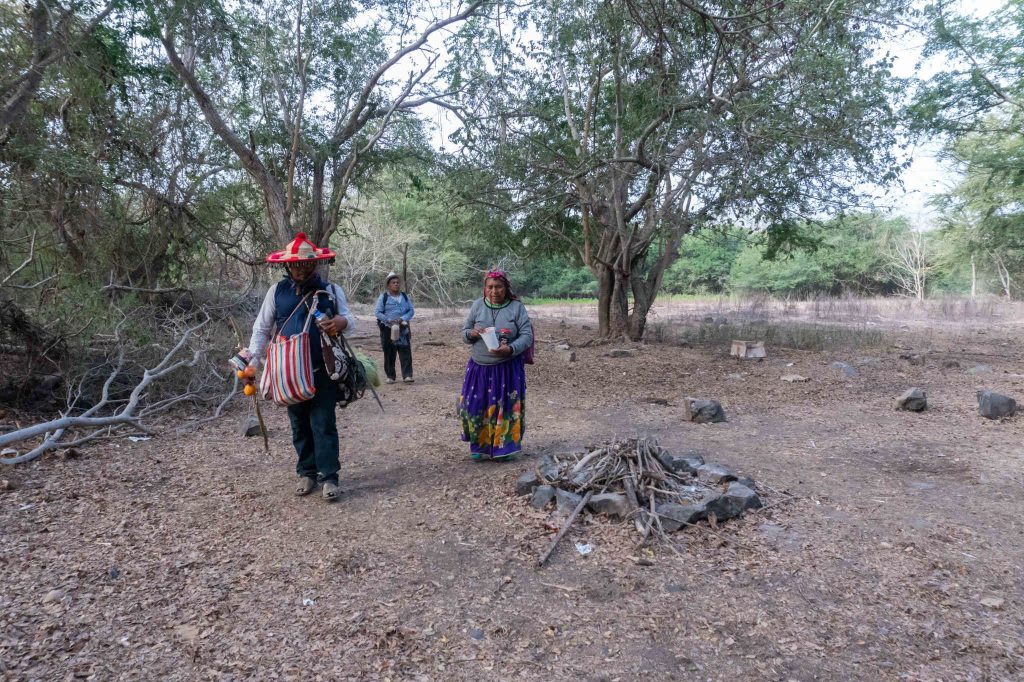
To the Wixárika people, the problem stretches back to colonialism, when settlers protected by the Spanish crown appropriated land. The Catholic Church later took control of the land, and then the Mexican state, which, through institutions like the Ministry of Environment and Natural Resources, still grants possession to third parties.
Tatéi Haramára, for example, is the sacred place in the Pacific Ocean that represents the origin of the world. This site is known in Spanish as Isla del Rey. Located in front of the pier of the port of San Blas, Nayarit, the Ministry of Environment and Natural Resources ceded it to a group of people of European descent, says Puwari-Álvaro Ortiz López, cultural advisor to the Wixárika Union of Ceremonial Centers.
In January, the Ministry of Environment and Natural Resources went to Tatéi Haramára to measure the area requested by the decree, but the original proposal was not respected, Ortiz says.
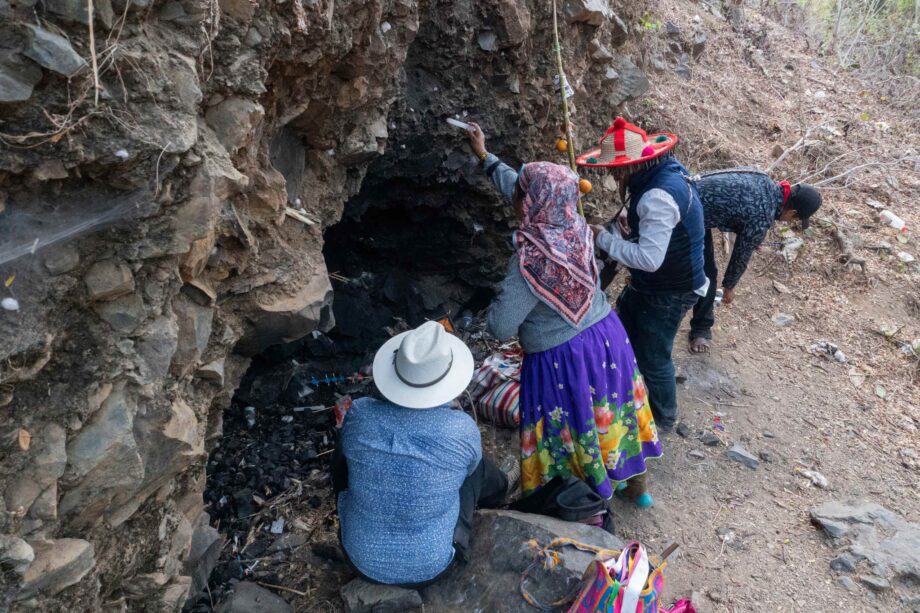

“They were only measuring a strip of the island, so I ask them, ‘Why are you coming to measure just this strip if the proposal in the Justice Plan is for us to at least be returned the entire island?’” Ortiz says, as there are other islands that are also considered sacred but are not included in the decree. In response to his questioning, Ortiz says, the Ministry of Environment and Natural Resources responded that this was the agreement made among the institutions. Ortiz explains that there have been similar problems in every one of the sacred places.
The Ministry of Environment and Natural Resources did not agree to an interview with Global Press Journal.
For the Wixaritari, the decisive point is precisely the answer they were given by the Ministry of Environment and Natural Resources: The decisions are made among institutions, without the input of the Wixárika nation, Ortiz says.
“We don’t agree with the Mexican state, which created laws in which justice does not prevail, generating injustice for indigenous peoples,” says Ortiz. “They create laws that make them believe they’re the owners.”
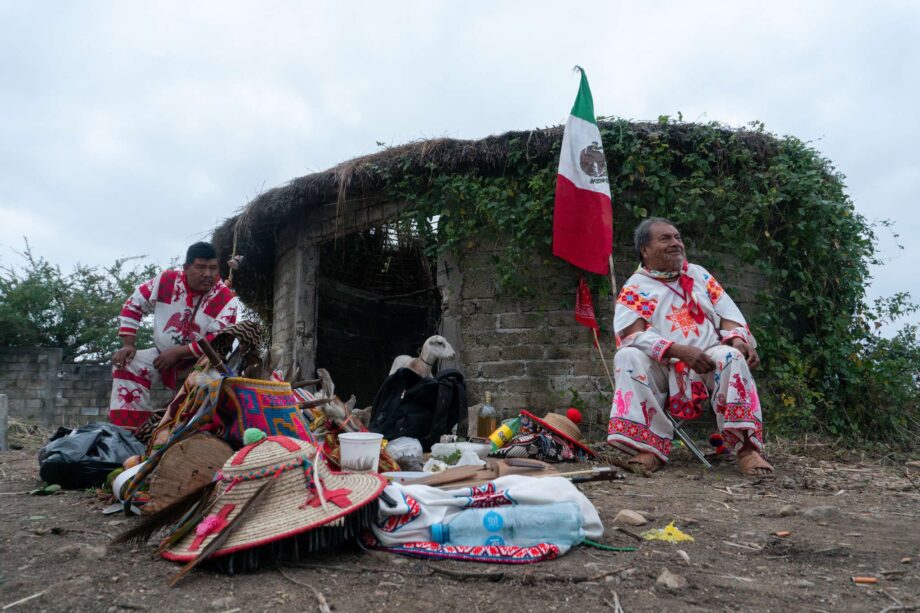
For Tatéi Haramára, the decree recognized a bit more than 30 hectares. The island in total is about 98 hectares.
In late August, during the installation of the presidential commission responsible for guaranteeing the rights recognized by the decree, Virginia Flores, representative of the O’dam nation, speaking to the secretary of the interior, called attention to a pending topic: reform at the constitutional level that she asked them to “make a reality.”
To the Wixárika, questioning the role of the state apparatus transcends the current moment because the Mexican Constitution is generally considered to lag behind those of countries like Ecuador, which in 2008 amended the constitution to enshrine the rights of nature.
“Tatéi Yurienaka is no goddess,” Ortiz says, referring to the name that the nation uses to describe what other cultures understand as nature. “Nature is our mother. And as a mother, she has rights.”
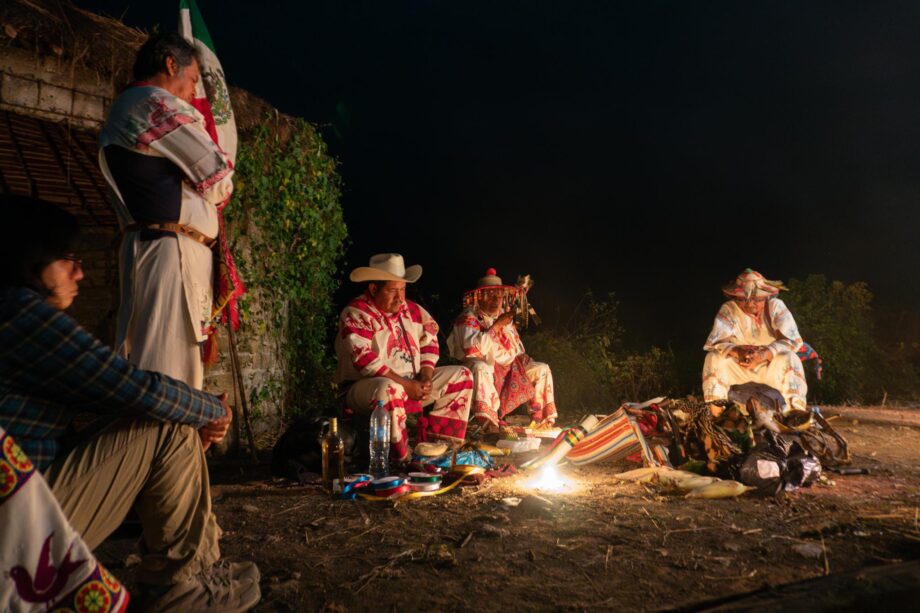
This story was originally published in Global Press Journal and is shared here with permission. Global Press Journal is an award-winning, nonprofit international news publication with more than 40 independent news agencies that employ local female reporters in Africa, Asia and Latin America.
Global Press Journal Huicholes Mario Muñoz Cayetano Wirikuta Wixarika Union Ceremonial Centers of Jalisco
The protection of sacred sites is a most important goal for indigenous people all over the world, it seems. The sacred sites have spiritual significance. The action and prayers are not merely a symbolism of a belief system, it is an embodiment of indigenous people’s cultural lifeways.
Thank you for your thoughtful comment, Myrna. We agree, and our current research shows that furthermore, the protection of sacred sites is important for all of us, indigenous and non-indigenous alike. We hope you’ll continue to follow us as we share more stories and films on this subject. Thank you for reading and for caring!